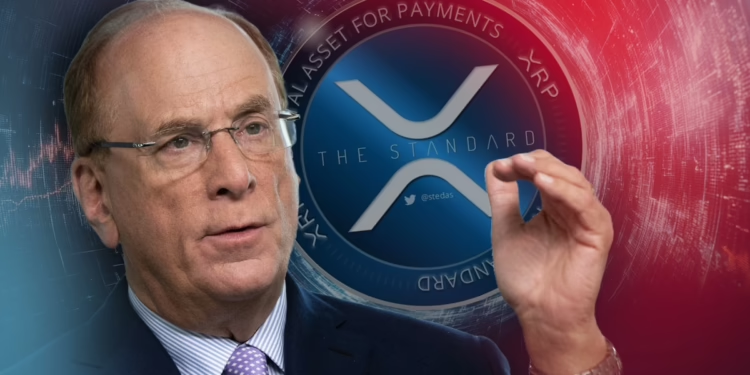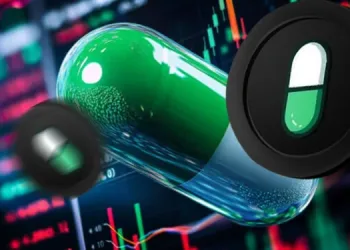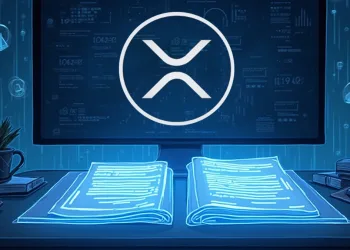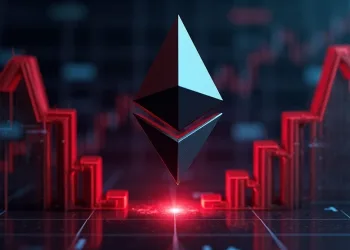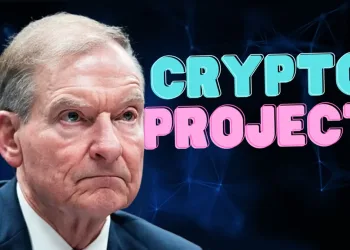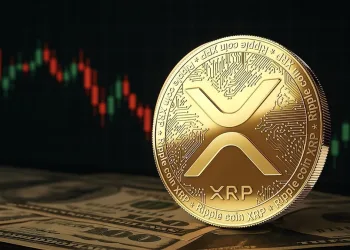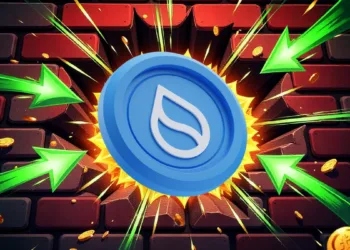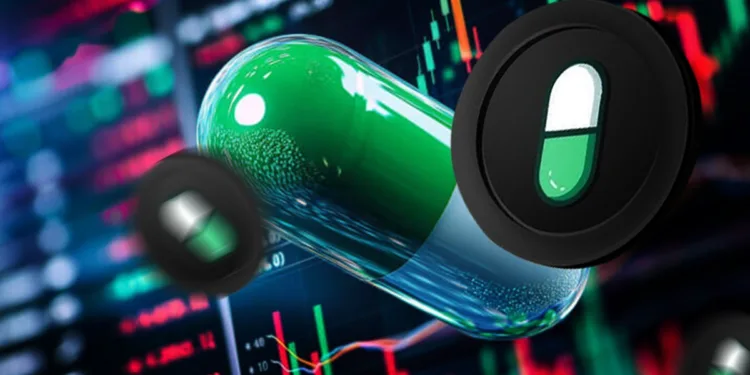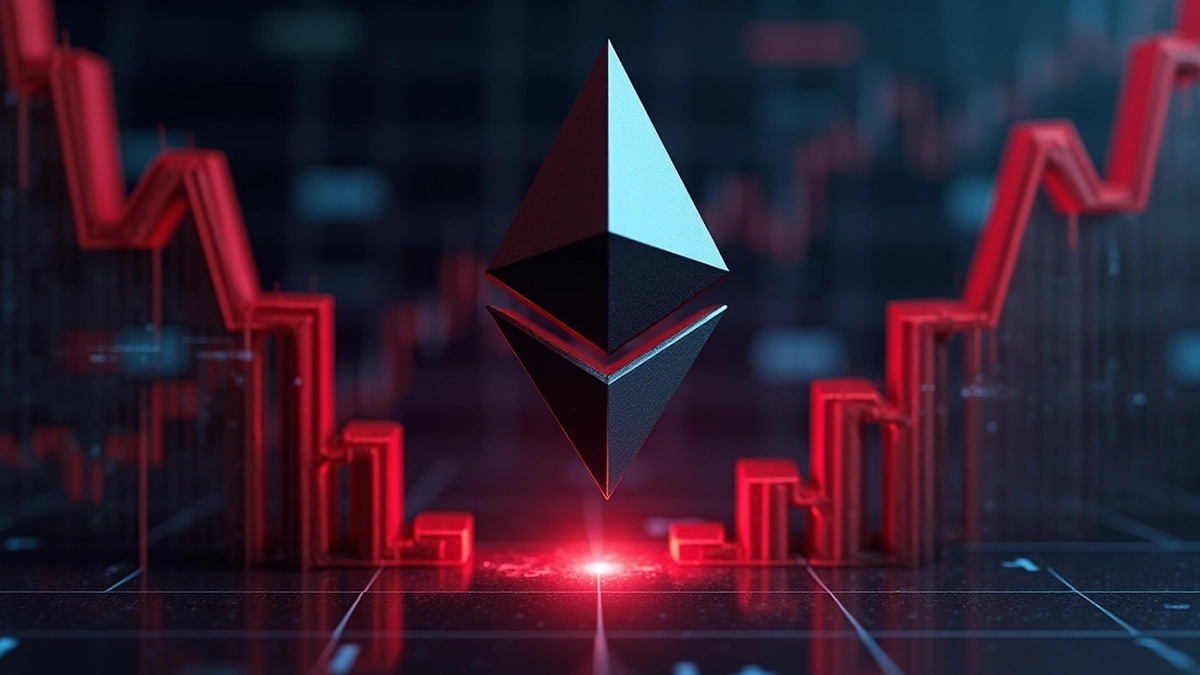- Tokenization will unlock instant, borderless transactions, driving economic growth.
- XRP’s future value depends on broader adoption in DeFi and Web3 ecosystems.
- Digital identity integration is key to fully realizing tokenized assets’ potential.
The financial world is undergoing a monumental shift. BlackRock CEO Larry Fink’s recent letter outlines a bold vision for the future, where transactions that currently take days could clear in seconds. These changes could unlock trillions of dollars that are currently immobilized by settlement delays. But this transformation is not just about speed; it’s about democratizing access to financial markets, and XRP and its Ledger are key players in this revolution.
This letter by Larry Fink, CEO of BlackRock, is one of the most bullish things you will read about crypto, and especially $XRP!
— Panos 🔼{X}🇬🇷 (@panosmek) March 31, 2025
'Transactions that currently take days would clear in seconds. And billions of dollars currently immobilized by settlement delays could be reinvested… https://t.co/dgAJzKPc8l pic.twitter.com/2Hq0YlXrRZ
Shift from Analog to Digital
The global financial system still operates on infrastructure designed for an era of fax machines and phone calls. The Society for Worldwide Interbank Financial Telecommunication (SWIFT), for example, underpins global financial transactions, but its process of handing off instructions in a relay race-like manner is outdated. This system worked decades ago, but today it feels archaic in comparison to the rapid advancements of technology.
Tokenization promises to change this. Tokenizing real-world assets, such as stocks, bonds, and real estate, turns them into digital tokens that can be traded instantly on a blockchain.
Unlike paper certificates, these digital tokens ensure secure, seamless ownership and transfer. The advantages are clear: transactions that once took days will now clear in seconds, allowing for faster economic growth and a more efficient market.
XRP and the Bridge Between Currencies
Ripple’s XRP is uniquely positioned to play a pivotal role in this evolution. As a bridge between two currencies, XRP facilitates cross-border payments by ensuring liquidity and speed. However, the real value of XRP won’t come from just facilitating payments. Ripple’s vision extends beyond this simple use case.
While some argue that XRP’s speed means it will only be held briefly by each party, the reality is more complex. The key to XRP’s success lies in wider adoption across various use cases.
Decentralized finance (DeFi) applications and Web3 projects will be critical in driving demand for XRP and the entire XRPL ecosystem. As these applications proliferate, the demand for XRP will increase, leading to more liquidity and value.
Road Ahead for DeFi and Tokenization
The world’s financial assets will eventually be tokenized. As tokenization takes hold, it will democratize access to high-value assets and investment opportunities. Previously, only large investors had access to these assets, but tokenization allows anyone to participate through fractional ownership. It also eliminates bureaucratic friction, enabling more people to invest and vote on corporate proposals.
However, achieving this future relies on overcoming the challenge of digital identity verification. Without a secure, efficient system in place, tokenized assets cannot fully reach their potential. Fortunately, countries like India are already paving the way, providing a model for how digital identity can be integrated into blockchain networks.


